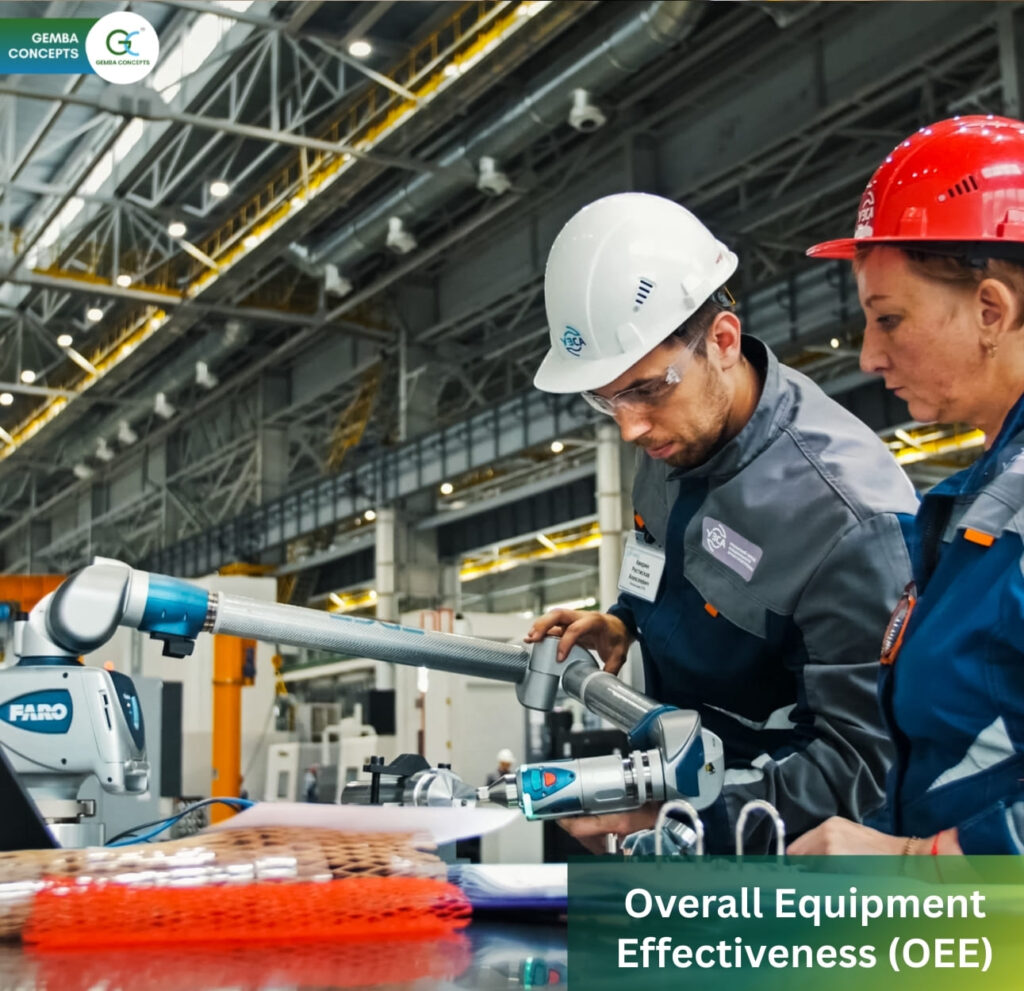We always look to improve order to delivery time, which is a key to any business. In order to achieve that we need to build robust processes and the network.
There are many proven principles which help to do the same, we may classify them production processes and distribution process.
Let’s have a look on design of the production process
- Layouts
- Group Technology
- Quality at the source
- JIT Production
- Production Schedules
- Uniform plant loading
- Kanban production control system
- Determination of number of Kanban needed
- Minimized setup times
Apart from production, Distribution plays a key role
- Supply Chain
- Specialized plant
- Collaboration with suppliers
- Building a supply chain
Group Technology: Group Technology is a philosophy in which similar parts are grouped into families, and the processes required to make the are arranged in a manufacturing cell. Instead of transferring jobs from one specialized department to another, group technology considers all operations required to make a part or groups those machines together. The group technology cells eliminate movement and queue (Waiting Time) between operations and reduce inventory. Since it requires operators to be more flexible to run several machines and processes, it advances operators skill levels, which will have its benefits on job security
Quality at source: Doing right the first time, and when something goes wrong, stop the process or assembly line immediately. Operators become their own inspectors, personally responsible for the quality of their output. Operators concentrate on one part of the job at a time so quality problems are uncovered. If the pace is too fast, if the operator finds a quantity problem, or if safety issue is discovered, the operator is obligated to push the button to stop the line and turn on a visual signal.
JIT: Just – In Time means producing what is needed when needed and no more. Anything over the minimum amount necessary is viewed as waste because effort and material expended for something not needed now cannot be utilized. This is contrast to relying on extra material just in case something goes wrong. JIT is typically applied to repetitive manufacturing, which is when the same or similar items are made one after another. JIT does not require large volumes and can be applied to any repetitive segment of business regardless of where the appear. Under JIT, the ideal lot size or production batch is one. Although workstations may be geographically dispersed, it is important to minimize transit time and keep transfer quantities small – typically one-tenth of a day’s production. Vendors even ship several times a day to their customers to keep lot sizes small and inventory low (If adequate source of supply is not available nearby, we may consider setting up of vendor part, It’s a topic of another discussion)
Production Schedule: We always plan but not schedule, it is a problem we need to acknowledge. Planning without proper scheduling is like fishing in a desert. We know we want to fish, but have no clue when to fish
In typical production environment the order level changes, which leads to overburden in some cases and lack of work in other cases. To mitigate this, we need to create a stable schedule over a long horizon. This is accomplished by level scheduling, freeze windows and underutilization of capacity. A level schedule is one that requires material to be pulled into final assembly in a pattern uniform enough to allow the various elements of production to respond to pull signals. It does not necessarily mean that the usage of every part on an assembly line is identified hour by hour for days on end. It means that a given production system equipped with flexible setups and a fixed amount of material in the pipelines can respond to the dynamic needs of the assembly line
The term freeze window refers to that period of time during which the schedule is fixed and no further changes are possible. And added benefit of the stable schedule is seen in how parts and components are accounted for in a pull system. Here, the concept of backflush is used where the parts that go into each unit of the product are periodically removed from the inventory and accounted for the based on the number of units produced
Uniform plant loading: Smoothing the production flow to dampen the reaction waves that normally occurs in response to schedule variations is called uniform plant loading. When change is made in final assembly, the changes are magnified throughout the line and the supply chain. The only way to eliminate the problem is to make adjustments as small as possible by setting a firm monthly production plan for which output rate is frozen
Kanban: A Kanban control system uses a signaling device to regulate JIT Flows. Kanban mean “Sign” or “instruction card” in Japanese. There are many two types of Kanban which is flowed that is production Kanban, Withdraw Kanban.
On the top of the Kanban for visual management we can use these possible approaches
- Kanban Squares: Some companies use marked spaces on the floor or the table to identify where material should be stored. When the square is empty, the supplying operations are authorized to produce, when the square is full, no parts are needed
- Container system: Sometimes containers itself can be used as signal device. In this case, an empty container on the factory floor visually signals the need to fill it. The amount of inventory is adjusted by simply adding or removing containers
- Colored golf balls: When a part used in a subassembly is down to its queue limit, the assembler rolls a colored ball down a pipe to the replenishment machine center. This tells the operator which part to make next. Many variations have been developed on this approach.
Determining number of Kanban Card Needed: Setting up a Kanban control system require determination of the number of Kanban cards needed.
We may use the below formula to determine the number of Kanban card needed
Here,
k = Number of Kanban Card
Expected demand during lead time is a product of Average Number of units demanded per period ( D) * Lead time to replenish an order (L)
Safety Stock (S) expressed as percentage of demand during the lead time
Container Size (C ) is how much the container can hold
Supply Chain: Building a supply chain involves taking a system approach to integrating the partners. Supply must be coordinated with the need of the production facilities, and production must be tied directly to the demand of the customers for products
Specialized Plant: Plant designed for one purpose can be constructed and operated more economically. These plant needs to be linked together so they can be synchronized to one another and to the actual need of the market. Speed and quick response are keys to success of supply chain
Collaboration with Suppliers: Just as customers and employees are key components of lean systems, Suppliers are also important to the process. If a firm shares its projected usage requirements with its vendors, they have long term picture of the demands that will be placed on their production and distribution system. Some vendors are linked online with a customer to share production scheduling and input needs data. This permits them to develop level production systems. Confidence in supplier or vendor’s delivery commitment allows reductions of buffer inventories. Some vendors adopt quality practices where the product need not be inspected and can be delivered directly to the line
Building a supply chain: A supply chain is the sum total of organizations involved – from raw materials firms through tiers of suppliers to original equipment manufacturers, onward to the ultimate distribution and delivery of the finished product to the customer.
We may follow the following guidelines
- Value must be defined jointly for each product family, along with the target cost based on the customer’s perception of value
- All firms along the value stream must make an adequate return on their investment related to the value stream
- The firm must work together to identify and eliminate waste
- When cost targets are met, the firms along the stream will immediately conduct new analysis to identify remaining waste and set new targets
- Every participating firm has the right to examine every activity in every firm relevant to the value stream as part of the joint search of waste
In a nutshell, to establish the successful supply chain every one needs to on the same page. Let us help you out getting on the same page. Follow gembaconcepts.com
Ref.
Richard B. Chase – Supply chain management
Article By:-
Shivam Shrivastav



